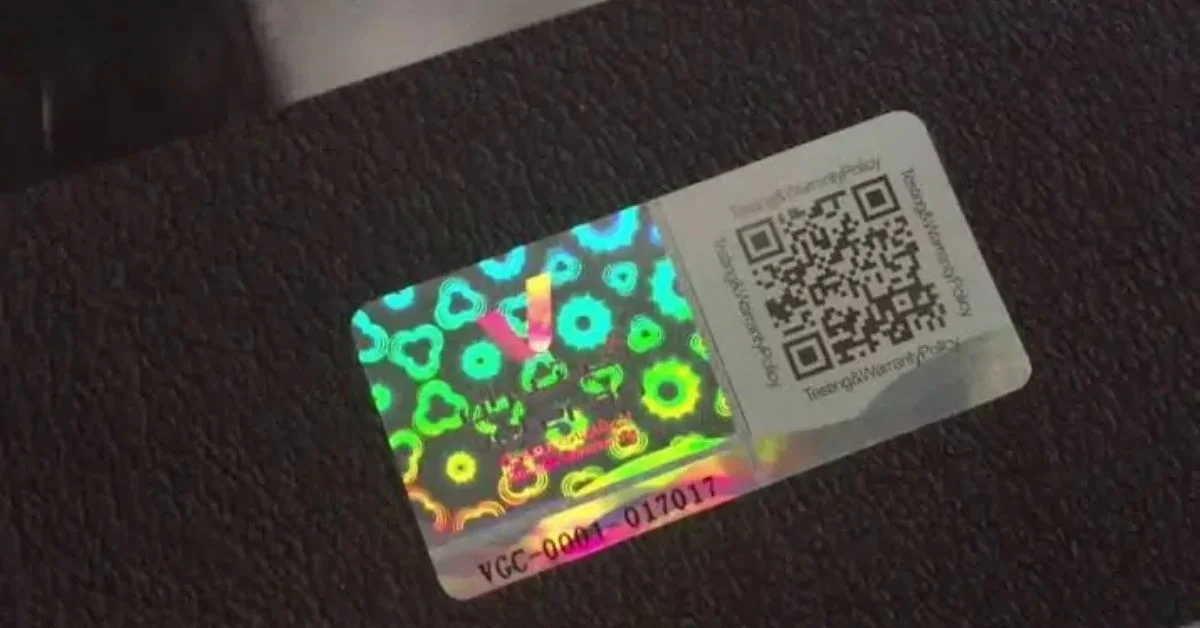Counterfeiting is a significant problem across various industries, from fashion to electronics to pharmaceuticals. To combat this, businesses are turning to advanced security measures, such as holographic stickers. These stickers not only add a layer of protection but also serve as a visual cue for authenticity. In this comprehensive guide, we will explore how holographic stickers are used for security and how they help prevent counterfeiting.
What Are Holographic Stickers?
Holographic stickers are crafted using hologram technology to create three-dimensional images. They are typically made from a specialized film that reflects light to produce a striking holographic effect. This unique feature makes the stickers both visually captivating and challenging to duplicate.
How Are Holographic Stickers Used for Security?
1. Authentication: Holographic stickers are used to authenticate products. The unique holographic patterns are difficult to reproduce, making it easier for consumers and authorities to verify the authenticity of a product.
2. Tamper-Evidence: Holographic stickers are often designed to be tamper-evident. If someone tries to remove or tamper with the sticker, it will leave a visible mark, indicating that the product may have been tampered with.
3. Track and Trace: Some holographic stickers are embedded with tracking technology, such as RFID or QR codes, allowing businesses to track and trace their products throughout the supply chain. This helps prevent counterfeiting by ensuring that products are genuine and not diverted or replaced.
4. Brand Protection: Holographic stickers are also used for brand protection. By using unique holographic designs and patterns, brands can make it more difficult for counterfeiters to replicate their products.
5. Consumer Confidence: Holographic stickers help build consumer confidence. When consumers see a holographic sticker on a product, they are more likely to trust that the product is genuine, leading to increased sales and brand loyalty.
Examples of Holographic Stickers in Use
1. Currency: Many countries use holographic stickers on their currency to prevent counterfeiting. These stickers often contain intricate holographic patterns that are difficult to replicate.
2. Passports: Passports often contain holographic stickers as a security measure. These stickers may contain the passport holder’s information and are designed to be tamper-evident.
3. Electronics: Electronics manufacturers often use holographic stickers on their products to verify authenticity. These stickers may contain serial numbers or other identifying information.
4. Medicines: Pharmaceutical companies use holographic stickers on their medicine packaging to prevent counterfeiting. These stickers often contain QR codes that can be scanned to verify the authenticity of the product.
Benefits of Using Holographic Stickers for Security
1. Deterrence: The presence of holographic stickers can deter counterfeiters from attempting to replicate a product.
2. Authentication: Holographic stickers make it easier for consumers and authorities to authenticate products.
3. Brand Protection: Holographic stickers help protect brands from counterfeiters, ensuring that consumers receive genuine products.
4. Consumer Confidence: The use of holographic stickers can increase consumer confidence in a brand, leading to increased sales and brand loyalty.
Conclusion
Holographic stickers are a powerful tool in the fight against counterfeiting. Their unique holographic patterns make them difficult to replicate, and their tamper-evident features help ensure the authenticity of products. By using holographic stickers, businesses can protect their brands, build consumer confidence, and prevent counterfeiting.









